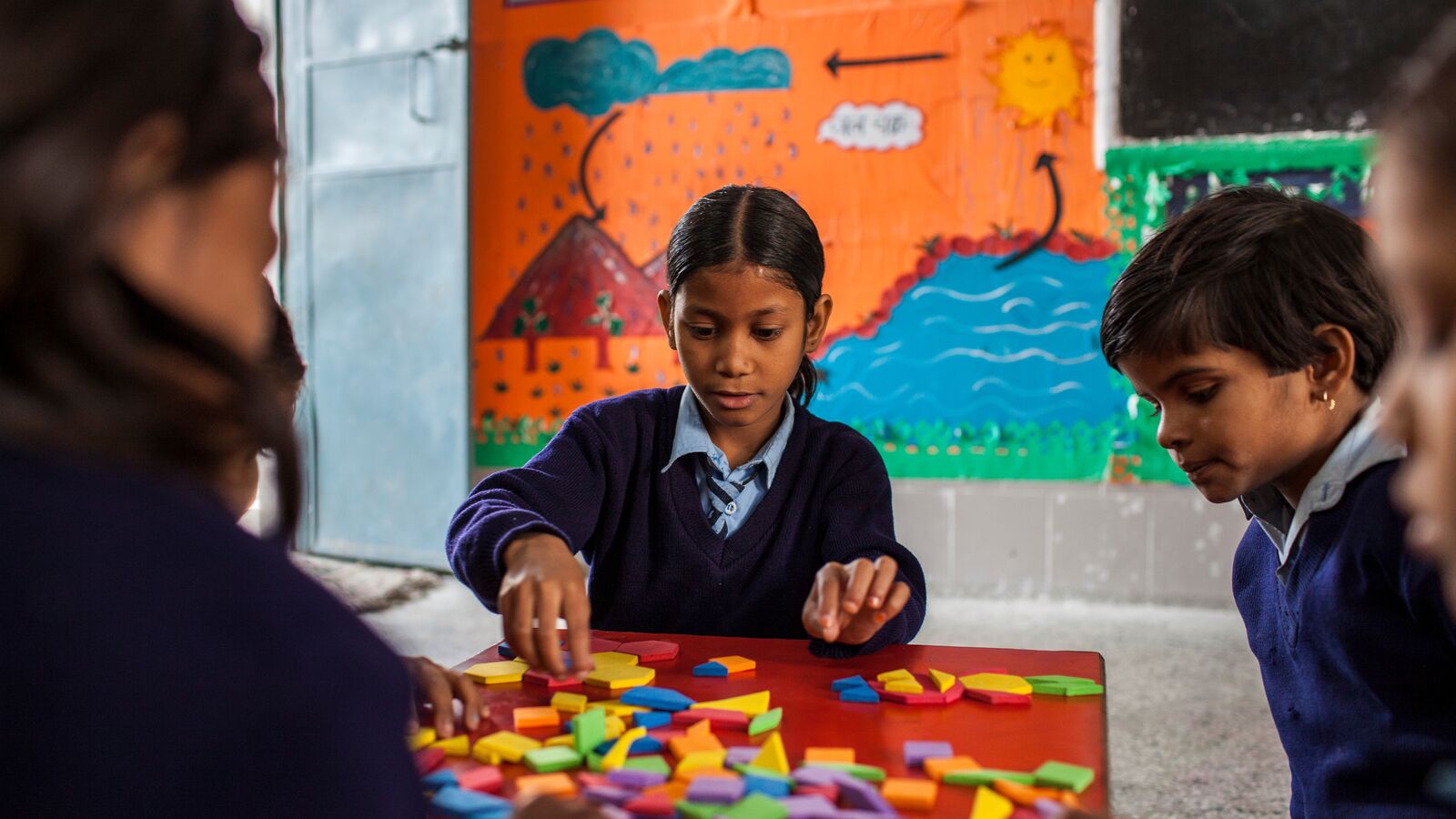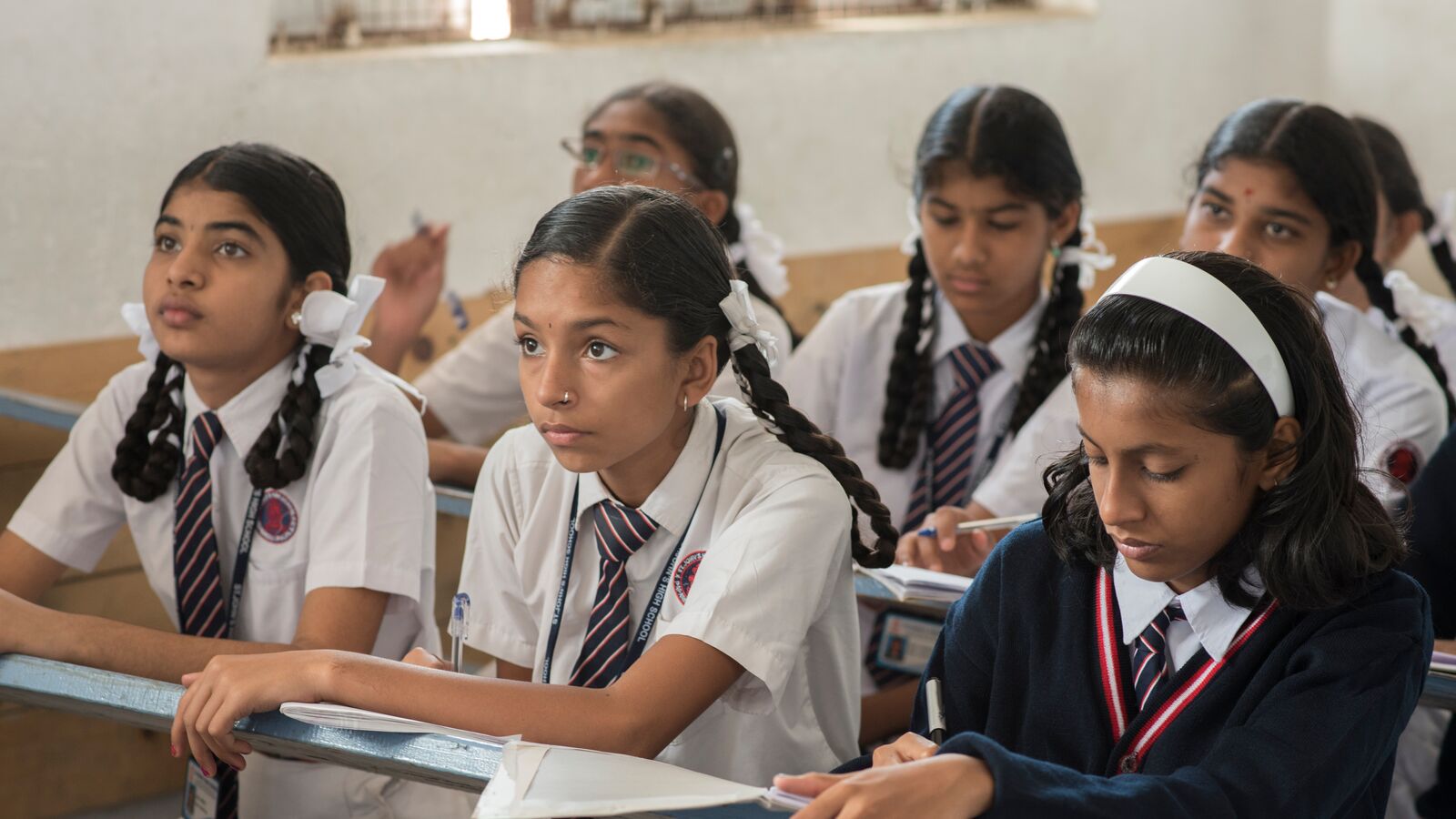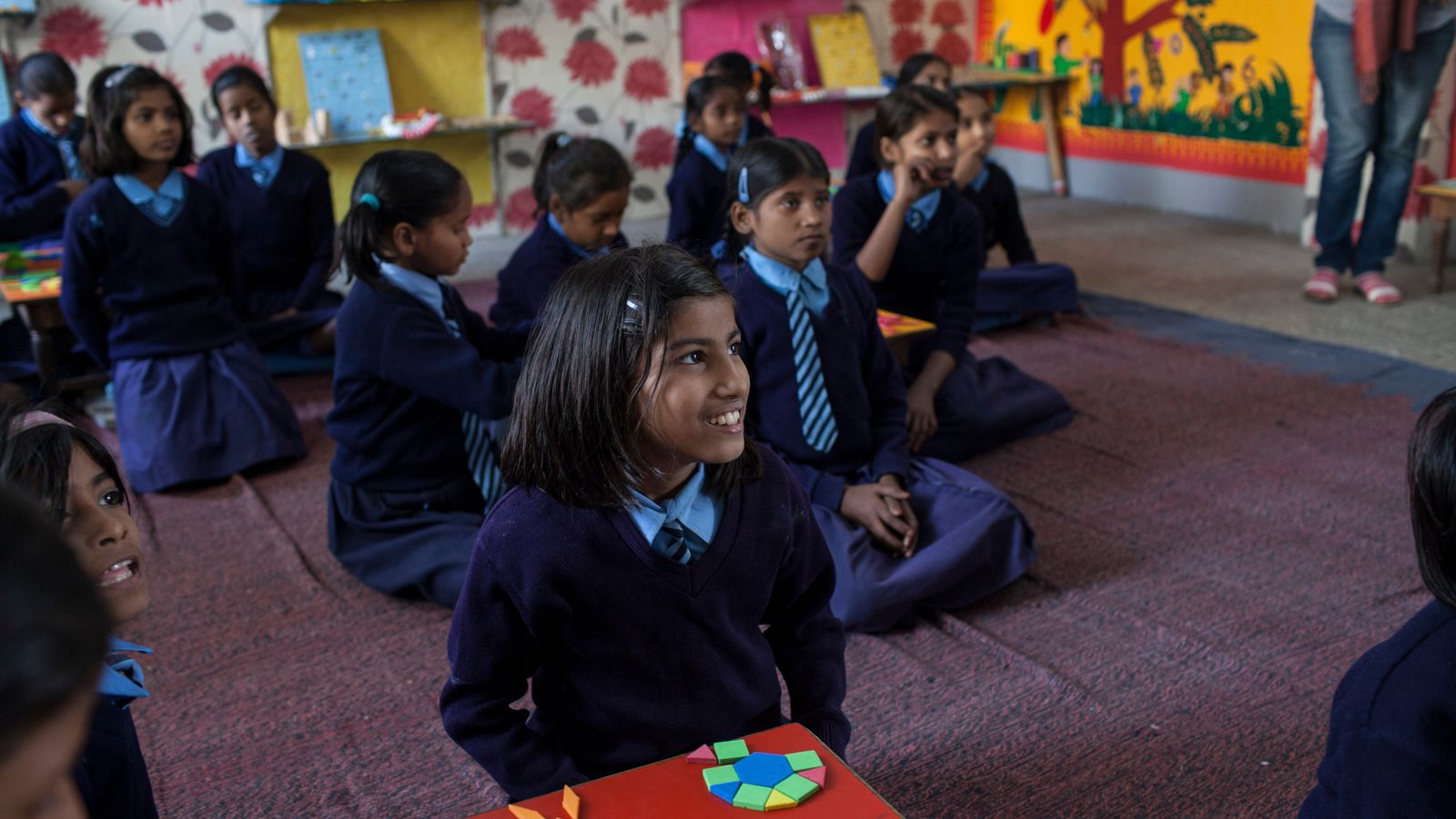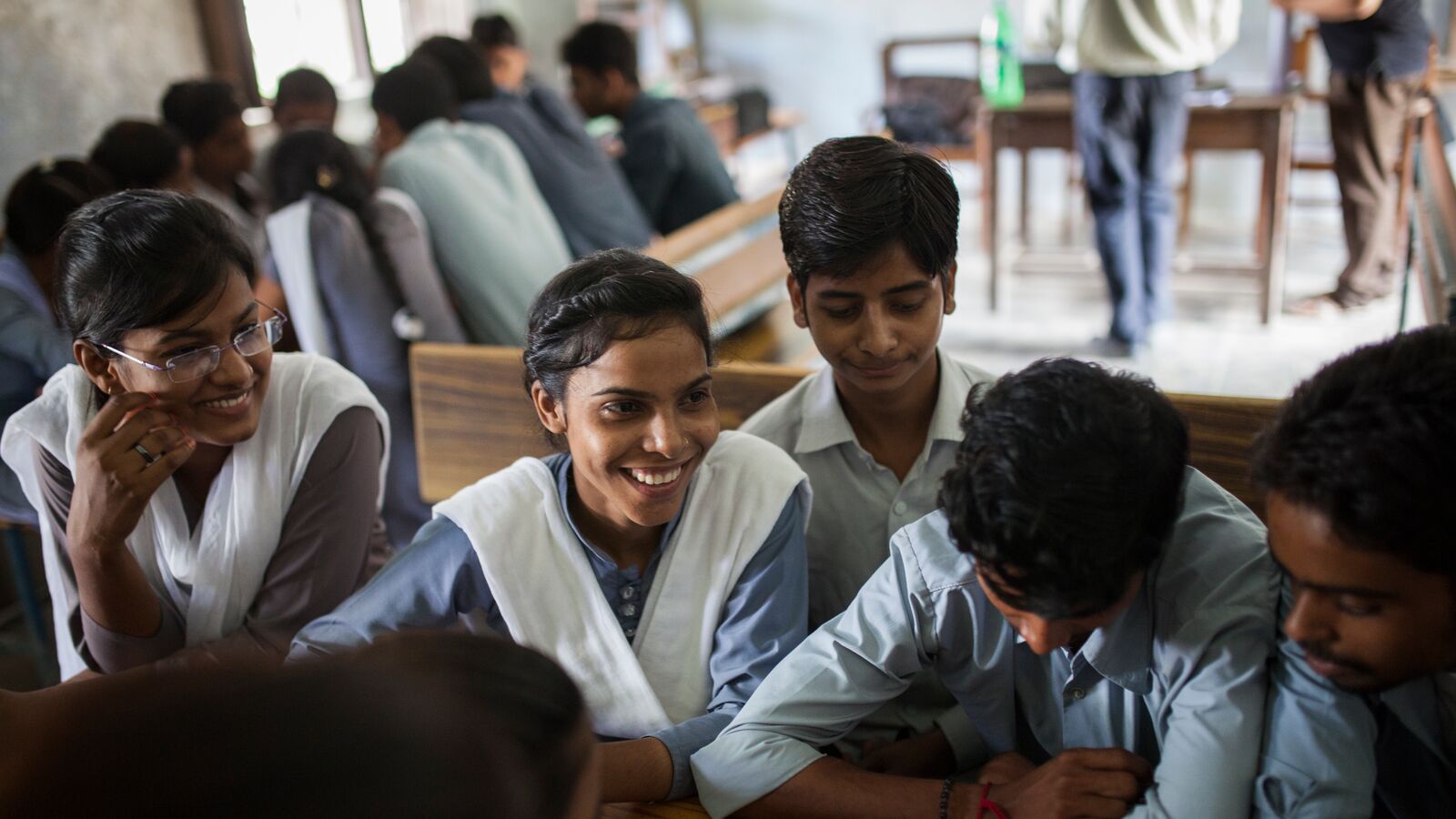India has one of the largest education systems in the world, with more than 140 million students. The government focused on making schools more accessible in recent years, which resulted in close to 97 percent enrollment among school-aged children.
But for these students, learning outcomes remain low as the country struggles with improving the quality and consistency of education — issues that must be addressed to meet growing workforce demands. An estimated 53 percent of fifth graders cannot read at a second-grade level, and 46 percent are unable to solve a two-digit subtraction problem. On average, a student is at least two grades behind the expected level for their age.




At the Michael & Susan Dell Foundation, we have been working for more than 15 years to ensure more children in India can access a quality education, which opens the door to greater opportunity. With partners from social enterprises, tech companies, and other organizations, we advance measurable solutions that can impact learners across the country. We employ a variety of financial tools to support the work, including traditional grants, loans, and performance-linked financing models. Such large-scale transformation requires a systemic approach and insight into the full scope of the challenge.
Understanding the Challenge
Looking at what happens inside the classroom does not give us the full picture of a child’s education. Numerous factors and stakeholders impact the learning experience. That’s why we work with state governments and partners from all levels to coordinate the academic and administrative changes needed to transform education in India, also creating systems for data to measure their effectiveness. The roadmap to better learning outcomes requires improving the quality of assessment data, teacher availability in schools, transparency in the teacher allocation system, training and accountability for educators, and school-level planning.
This comprehensive approach is a paradigm shift in thinking about education transformation in India. Previous efforts focused on educational tactics like changing school infrastructure or improving classroom interactions through technology. But we’ve seen the results of an integrated approach in Haryana, Himachal Pradesh, and Rajasthan — states where we shifted the conversation among policymakers to address the teaching model and administrative challenges in tandem to improve learning outcomes.
Transformation in Action: Haryana
In Haryana, we partnered with the state’s chief minister and the department of school education to improve school performance in just a few years. Our work began in 2014 when only an estimated 40 to 45 percent of students in the state were performing at grade-level competency levels. Together with leaders in Haryana, we developed a clear vision for improved learning outcomes — and we engaged relevant state agencies to collaborate toward achieving this shared vision. We established specific goals, restructured and defined roles and responsibilities, and maintained consistent communications throughout the education ecosystem.
An assessment conducted in 2018 showed that 65 percent of students in grades three, five, and seven met or exceeded competency goals. The lasting change impacts more than 100,000 teachers and staff who serve more than two million students across 15,000 schools.
Haryana At A Glance
15K
Schools
100K
Teachers & Staff
2M
Students
There are no short cuts to transformation on a systemic level — coordinated interventions are essential. We achieved results in Haryana by implementing these four steps that address student-facing and teacher-facing challenges. They can replicate across the country to benefit even more learners.
Embed grade competence in all classroom transactions.
Traditionally, teachers focused on syllabus completion instead of building key competencies appropriate for the grade. Over the years, these learning gaps accumulate, making it hard for students to catch up. In Haryana, we instituted a framework to define grade competencies for all subjects. These competencies guide the learning material, teacher trainings, remedial programs, and assessments. To review progress on the attainment of these competencies, students take a standardized state-wide ‘Summative Assessment Test’ (SAT) every two months in the academic cycle.
Enable teachers to deliver.
To deliver quality education, teachers need continuous learning and development. We adopted a teacher-centric approach to training by using common platforms like WhatsApp. For example, teachers joined WhatsApp groups to get training content via short videos and other materials. Accessing these resources digitally cut down on training time in person that required absences from the classroom. The training content is also mapped directly to the prescribed competency framework for better recall.
Leverage data and technology to improve efficiency.
To measure our efforts to improve learning outcomes in Haryana, we invested in an easy-to-use dashboard with assessment data of all students. Teachers use it to track each student’s skills and competencies over a period and then they can tailor teaching methods to meet individual needs. This dashboard also aggregates results at school, block, and district levels, which informs decision-makers allocating resources where performance is lagging.
Build momentum among all stakeholders.
Engagement from all stakeholders in school transformation — including teachers, students, parents, block officials, district administration, and others — is essential. In Haryana, collaborators launched a comprehensive campaign called ‘Saksham Ghoshna’ to build and maintain momentum. Collaborators regularly celebrated milestones in the work and reminded each other of the shared vision to improve education.
Report: ROUND TABLE ON SYSTEMIC TRANSFORMATION OF GOVERNMENT SCHOOLS
In July 2018, key stakeholders across all four states and private partners came together to share progress, lessons learned, identify best practices, and plan for the future. In this report, we share the major outcomes of the meeting, as well as a vision for the future.
Download NowA Way Forward
We leveraged these learnings to improve student outcomes in other states in India and continue working with school systems eager to collaborate on real change. All of this for the sake of making a quality education and better future possible for more children and families living in poverty.


